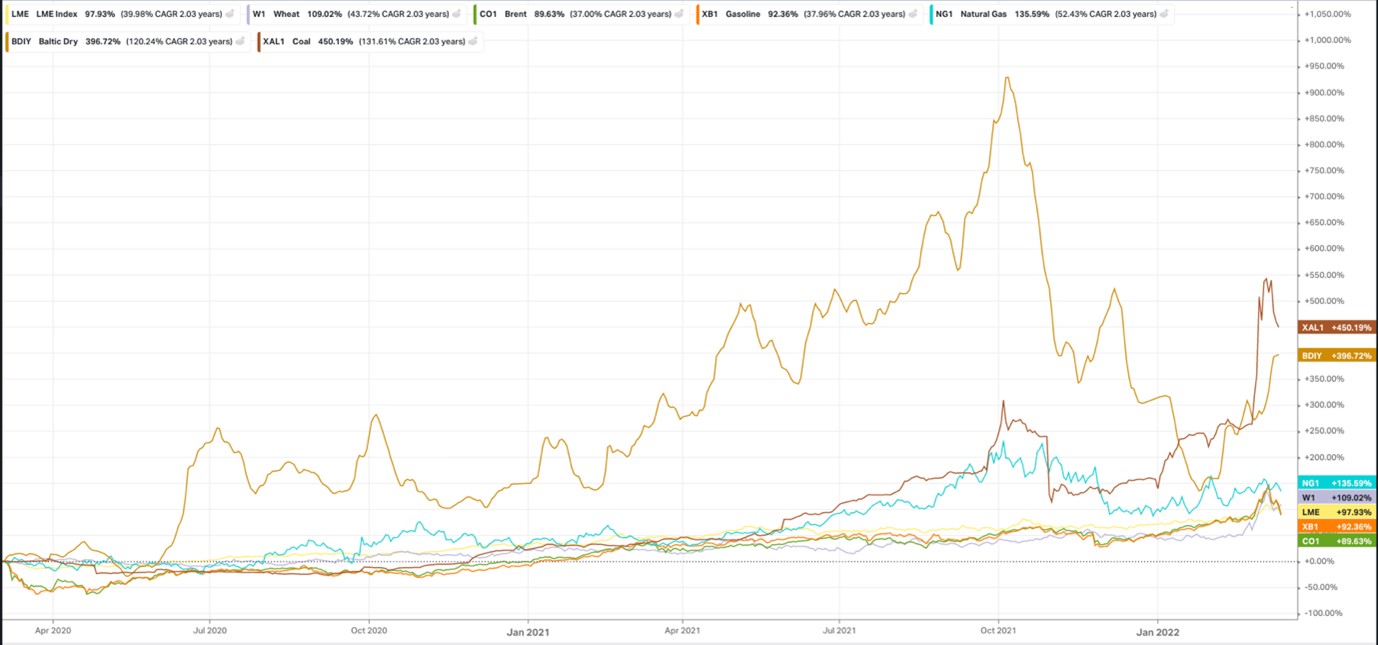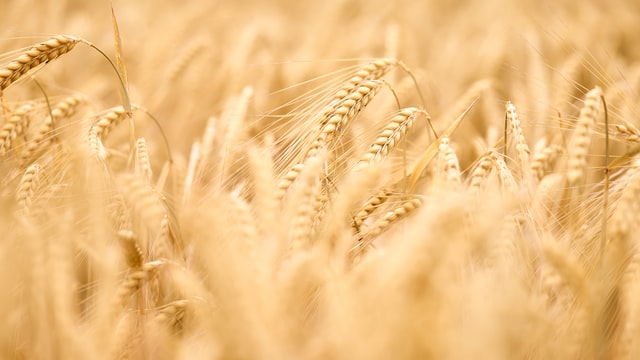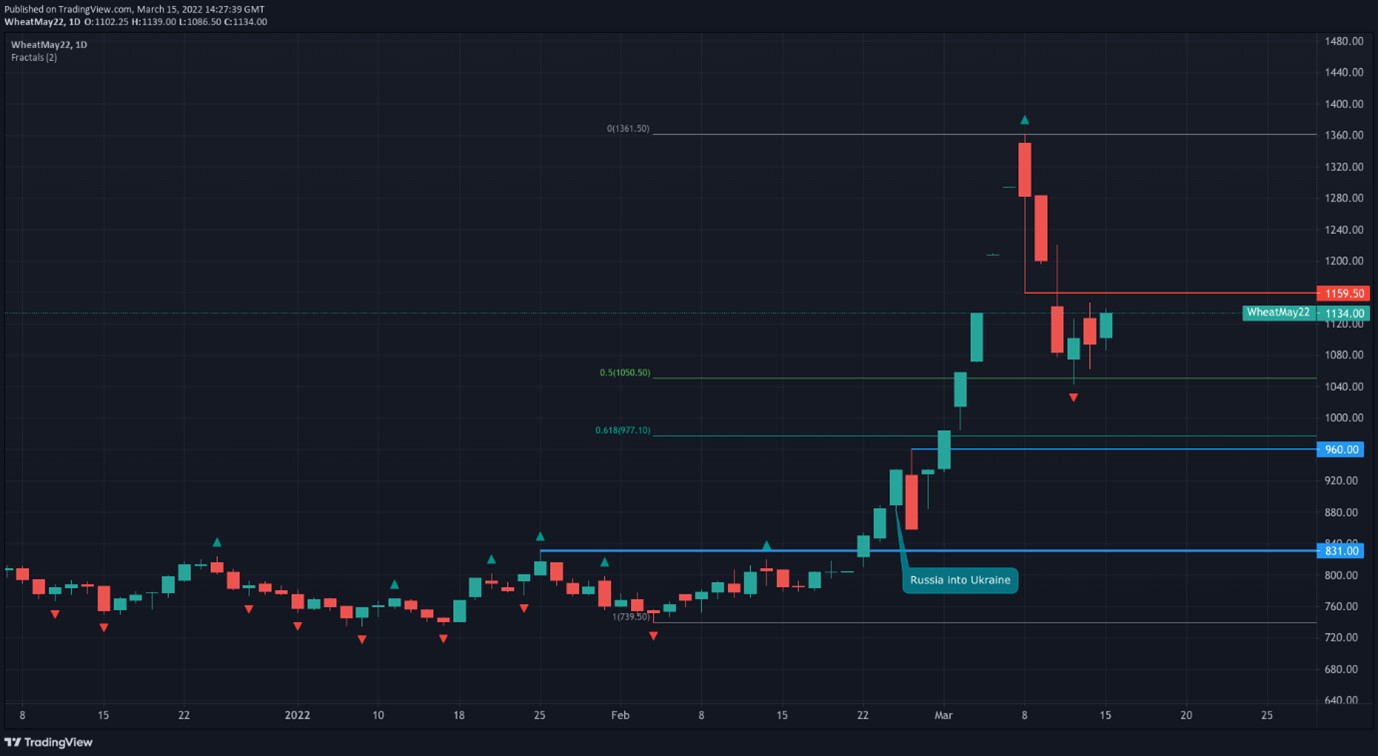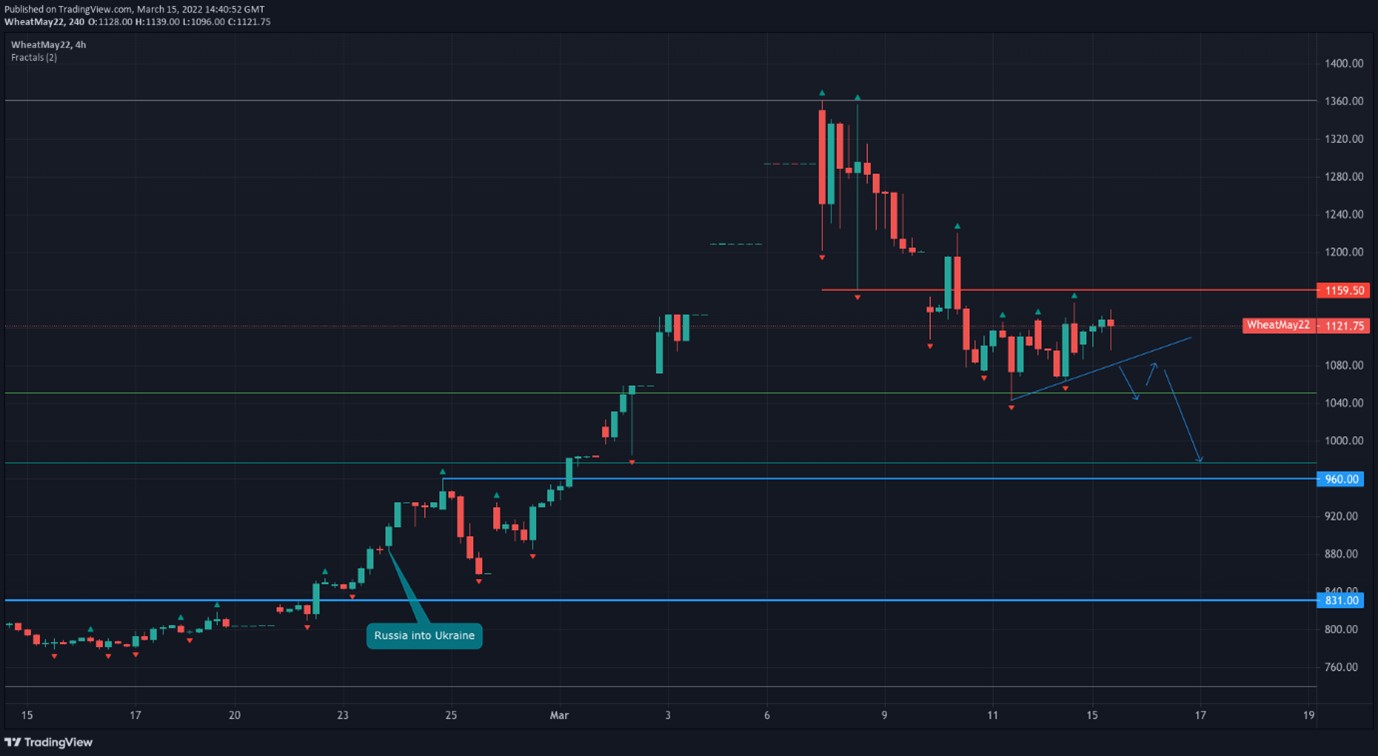Weekly Commodity Analysis


Amidst the chaos in commodities markets, nickel prices surged by 250% in an epic rise.
The London Metal Exchange (LME) has said it will resume nickel trading tomorrow, having called a halt last week after the metal’s price surged to $100,000 a ton in a massive, short squeeze. The LME will also bring in new rules setting daily upper and lower price limits for contracts for nickel and other base metals. The exchange was forced to suspend trading last Tuesday and cancel trades after Chinese tycoon Xiang Guangda’s company Tsingshan Holding Group bought significant amounts of nickel to cover short positions. Despite the metal’s rising price, the world’s largest nickel producer, kept buying, driving the price even higher. Last Tuesday, nickel touched a price double of its Monday closing price of $48,078 – already affected by concerns about a supply shock from Russian sanctions.
We are seeing prices of commodities violently surge and then retrace whipsawing retail traders out of their positions if they lose discipline and chase the markets. However, listening to producers who find the metal in the ground, they are now re-rating their forward guidance based on prices for base metals like nickel staying elevated for longer. This then becomes a problem for the end user of the base metal or whichever commodity is in question. Ideally the price would be passed on to the customer, but that has its limits too.
Market participants, including the European Steel Association, have commented on the impacts on the manufacturing sector. Furthermore, lithium iron phosphate (LFP) batteries, which do not contain nickel, have been less expensive. Thus, they are more likely to be used in some EVs than nickel containing NCM (nickel, cobalt, manganese) and NCA (nickel, cobalt, aluminium) storage solutions. Elon Musk recently Tweeted that Tesla and SpaceX were seeing significant inflation and if you go on to the Tesla configurator the prices have already increased as the manufacturer passes on the increase in raw materials. The largest price increases being on the Model 3 Performance, SUV’s and Model S. It is unlikely that the Tesla’s will be switching to cells with less nickel, so the only hope is for base metals to come back to the mean.


Commodities do come back to the mean; we saw it in lumber a year ago and US wheat futures plunged last week as traders said the rally sparked by Russia’s invasion of Ukraine had made the grain too expensive for buyers. With lumber the initial supply shock came undone when the lockdowns finished, but weather and supply chain bottlenecks during a period of increased demand has sent the price of lumber back towards those highs again.
The most active Chicago Board of Trade soft red winter wheat contract fell 7.7%. Wheat prices are prone to overshooting fair value, so the market may find there are as many sellers as buyers as it tries to figure out where real demand lies in terms of price. Wheat futures tumbled when prices got too high and bidders left, though the longer the Ukraine/Russia situation continues the higher the probability of further spikes. In the aftermath of a drought in South America, which withered crops in Brazil and Argentina, there could be an increased demand for the North American crop, especially if the Russian and Ukrainian crops are embargoed or left in the ground during the fighting.


During the COVID-19 pandemic, the Baltic Dry Index shot up exponentially as fewer cargo ships and containers became available, and exporters bid up the price for shipping goods. Watching what the owners do or the producers do is a key indicator of when the markets may be topping out. In the Autumn of 2021, one of the largest owners of container shipping effectively locked in their prices at an elevated level for 5 months, knowing full well that they were on to a good thing regardless of whether the price went up a little more but if the bottlenecks eased and shipping routes continued to get busier. This helped to cap the rise and to help their customers in the long run. But ultimately, it means they have now had 5 months of elevated profits. For the trader, shorting the Baltic Dry Index (BDI)when a major player caps prices would have been the savvy trade to make. The BDI is a shipping and trade index created by the London-based Baltic Exchange. It measures changes in the cost of transporting various raw materials, such as coal and steel, and is often cited as a health check on international economics.
See real-time quotes provided by our partner.
Looking at the price of wheat on the ActivTrader platform the clear bounce off the 50% retracement showed buyers are still in control though these buyers may be speculating more on the uncertainties around Ukraine continuing for longer. There currently doesn’t look like an end is near. 1200 would be the level I would like to see a bearish rejection and that idea comes invalidated if price were to go lower than the swing low of March 11th, 2022.
If that happened, I would be looking for a further decline to the high of 25th February and the 960-price level. The wheat producers on the commitment of trader’s report added to their short position last week and also reduced their long positioning. This to me signals that they are preparing to lock in these higher prices for when we go back to historical average prices.
See real-time quotes provided by our partner.
On an H4 chart the wheat price action would appear to be well tested with little left in terms of imbalance. The highest gap in price would be 1273.50 but that would mean pushing through that bearish reversal candle from the 10th of March. The double top at 1360 could also be a liquidity target should the situation in Ukraine get a lot worse. For me, I am waiting to see if the current correction breaks to the downside and for a retest of that level before a continuation lower.





